The 1970s were a time of change. Model railroading was no exception. Modelers tested new techniques and technologies, while the niches of different scales and styles grew into mainstays. During that pivotal decade, these Model Railroaders stood out as pioneers of the hobby and industry. Their contributions have helped shape the hobby we know and love today.
Allen J. Brewster
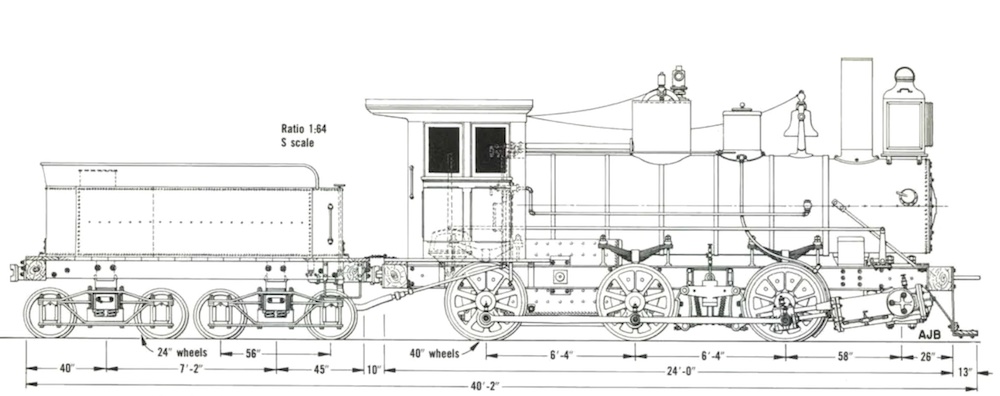
The first prototype layout drawing by illustrator Allen J. Brewster appeared in Model Railroader Magazine by 1965, paving the way for 20 years of unforgettable artwork that entranced readers. The 1970s served as the only decade fully filled with these technical drawings and airbrush renderings in both MR and Trains Magazine.
Brewster’s artwork was stunning. His skill and knowledge of the hobby was apparent in the attention to detail found within his illustrations. Of course, he never shied away from his expertise in scratchbuilding while sharing his techniques in his many MR articles.
Bruce A. Chubb
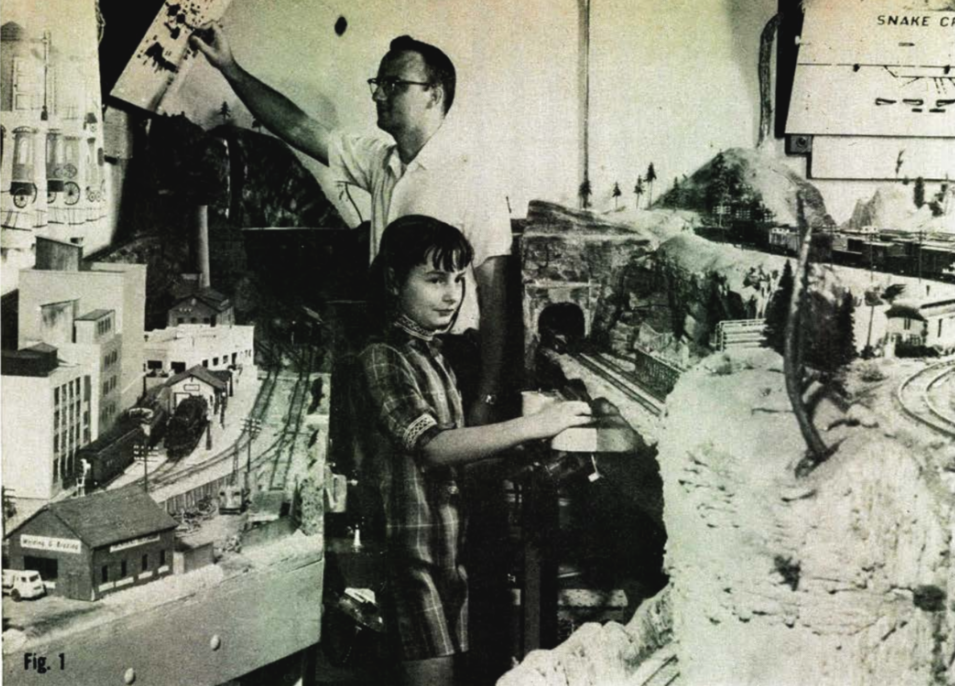
With his first article published in Model Railroader’s June 1970 issue, Dr. Bruce A. Chubb spent the next decade-plus as a true pioneer in the hobby. The electrical engineer’s freelance Sunset Valley Railroad in HO scale became the backdrop of a six-part series in the 1979 issues. It was also the center of his renowned 1977-published How to Operate Your Model Railroad book. The publication was a great resource, offering tips and tricks for taking operating practices on a layout to new heights.
Despite being set beyond the 1970s, it would be remiss not to mention Chubb’s Computer/Model Railroad Interface (C/MRI) system. Developed in 1985 and introduced in MR’s February 1985-August 1986 issues, the C/MRI revolutionized the setup and control of a layout’s signaling through a computer’s logic processing power. Improved and advanced over the years, the system remains in use and available to today’s modelers.
Jim Findley
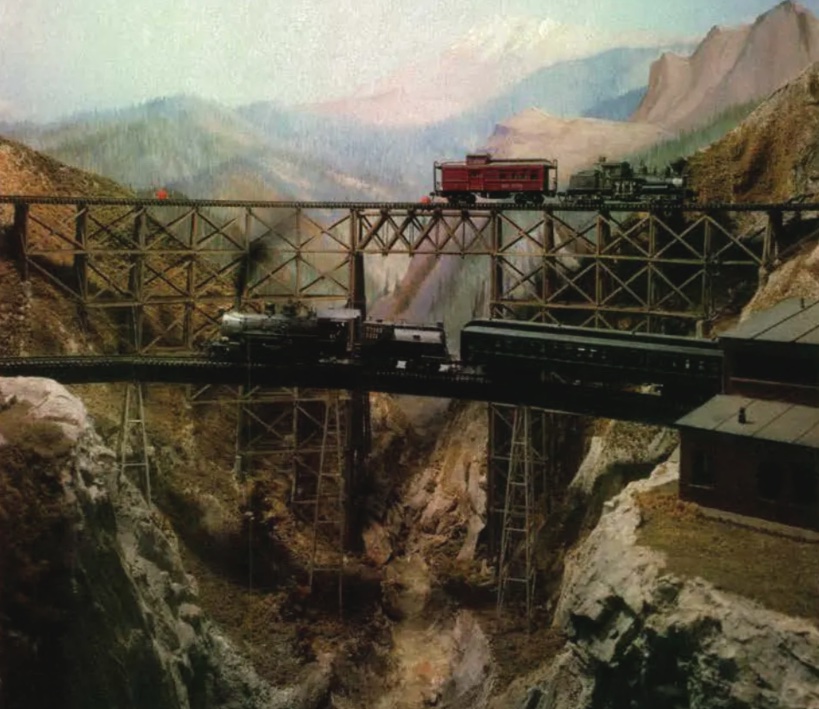
With a witty and humorous writing style, Jim Findley authored two dozen articles for MR, typically centering around scratchbuilt structures. “Letters from Jim” was a staple between 1967 and 1971 as this modeler shared his trials and tribulations in planning and constructing his HO scale Tioga Pass Railroad – all while stationed in Korea as a U.S. Army officer. He later resided in a mobile home when completing the project. The end results of his awe-inspiring 8’9” by 11’3” layout were featured in the August 1982 issue.
Jim Hediger
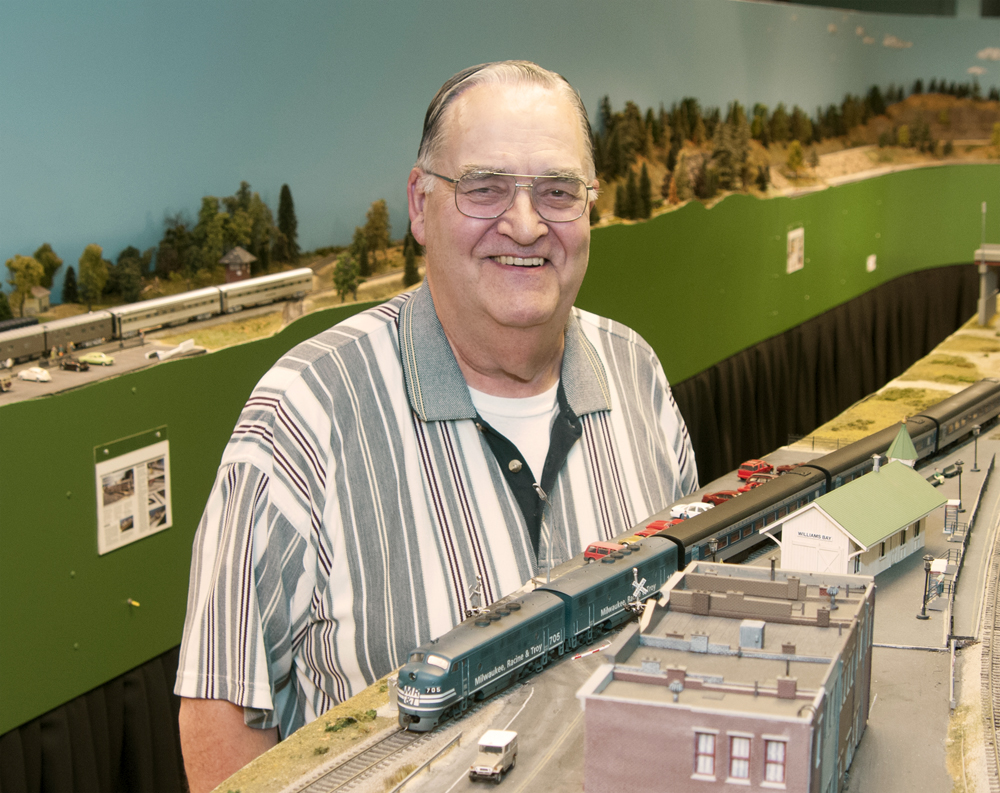
Jim Hediger was born and raised in a railroad family, and 1972 became a pivotal year in his life and career. That’s when he wrote a letter to then Model Railroader Editor Linn H. Westcott to offer assistance for the growing magazine. The then-high school teacher from Dearborn, Mich. relocated to Milwaukee that year to join the MR staff as an associate editor and never looked back.
In the beginning of his new career, Hediger became well-known for his freelance HO Ohio Southern Railroad. The layout was showcased over the years in multiple feature articles while serving as a teaching tool in many workshop and paint shop columns. Hediger capped off the 1970s by beginning the construction of John Armstrong’s pioneering double-deck concept to the Ohio Southern with encouragement from Westcott.
By the time he retired in August 2015, Hediger had written 750 stories, columns and product reviews for Model Railroader over a 43 year timespan, the longest tenure in the magazine’s history. He’s one of the August 2024 nominees for the Model Railroader Hall of Fame.
Russell Larson
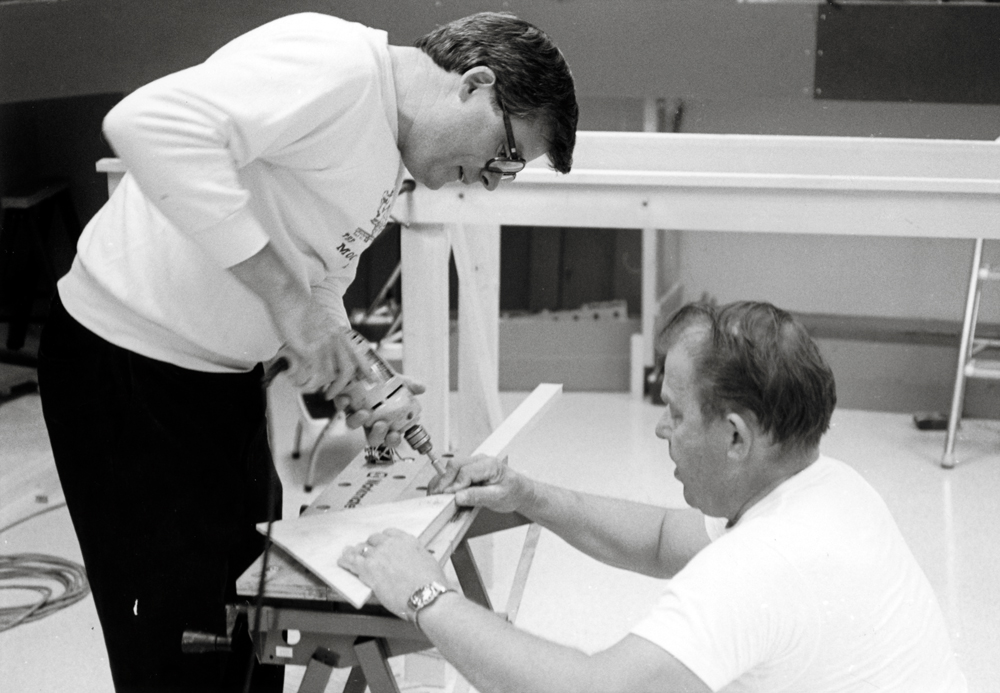
Russell Larson had big shoes to fill when succeeding Linn H. Westcott as Model Railroader’s editor in 1977. But as associate and managing editors since 1968, this prolific modeler was up to the challenge. Larson held the position through the 1970s and 1980s. Then in 1993, he was named Publisher and Vice President-Editorial for MR and Kalmbach Publishing Co., respectively.
His retirement in 2004 ended an illustrious 35-year career with a defining contribution: Larson championed the “World Greatest Hobby” outreach program at the turn of the 21st century. Of course, Larson was never afraid to step outside of his comfort zone for the hobby he loved by expanding his passion into garden railroading.
Gordon Odegard
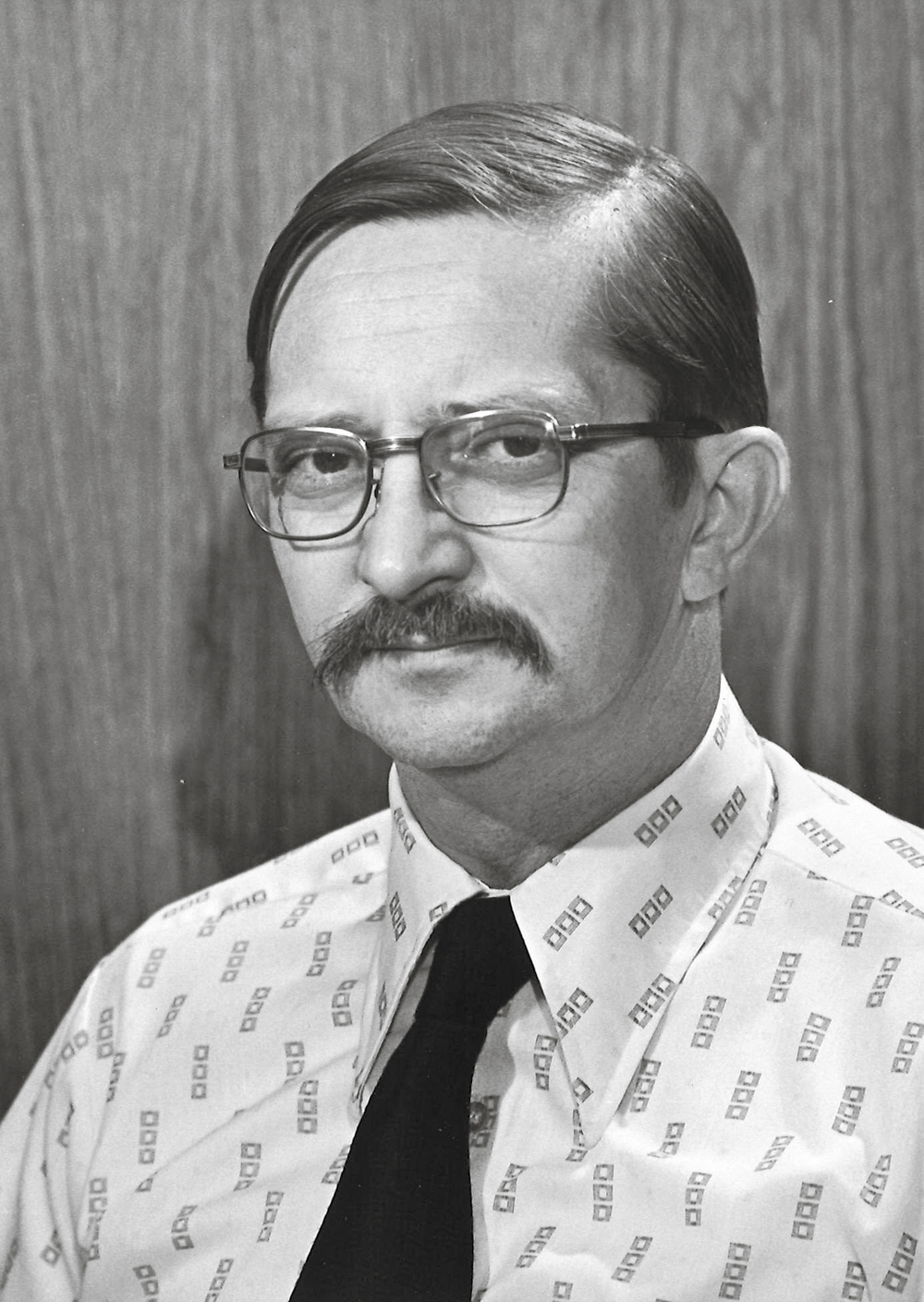
The Clinchfield Railroad in N scale was designed and built in large part by Odegard from 1978 to 1979, with eight memorable articles documenting the progress. As reminisced in the April 1999 issue, “By 1978 N scale wasn’t new, but it had yet to be accepted as a mainstream scale for serious modelers … the Clinchfield demonstrated that N scale was not only doable, but it had real advantages for capturing the sweep of mainline railroading.”
Gordon Odegard is one of the February 2024 nominees for the Model Railroader Hall of Fame.
Bob Hegge
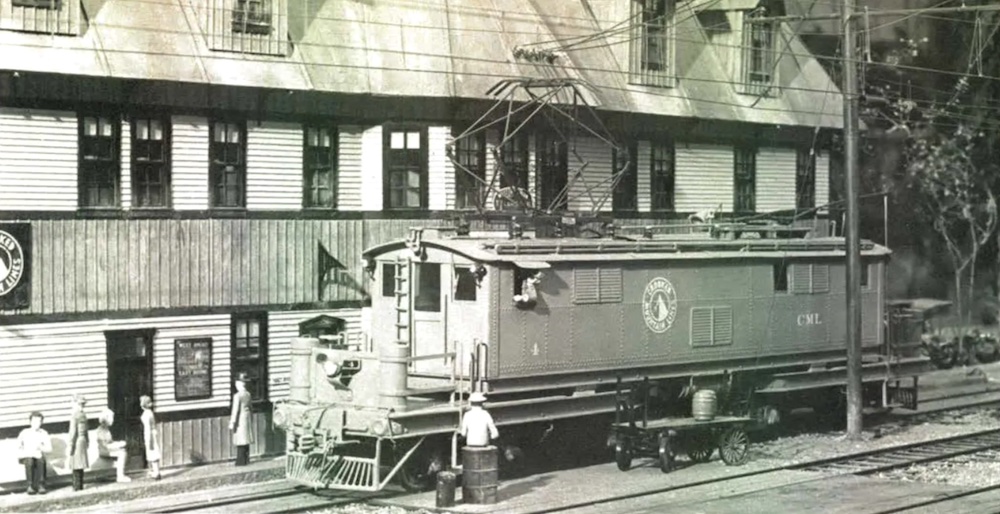
A photojournalist by trade, Bob Hegge captured snapshots of models on a layout that could have easily been mistaken as prototype equipment. When black-and-white images were still the norm for Model Railroader in the 1970s, Hegge excelled in the field.
Of course, the photographer himself was no stranger to model railroading. Hegge had a particular interest in traction motive power, and readers were mesmerized by his O-scale 2-rail Crooked Mountain Line. Hegge also constructed a low-key HO layout that had a heavy emphasis on electric interurban railroading.
Victor Roseman
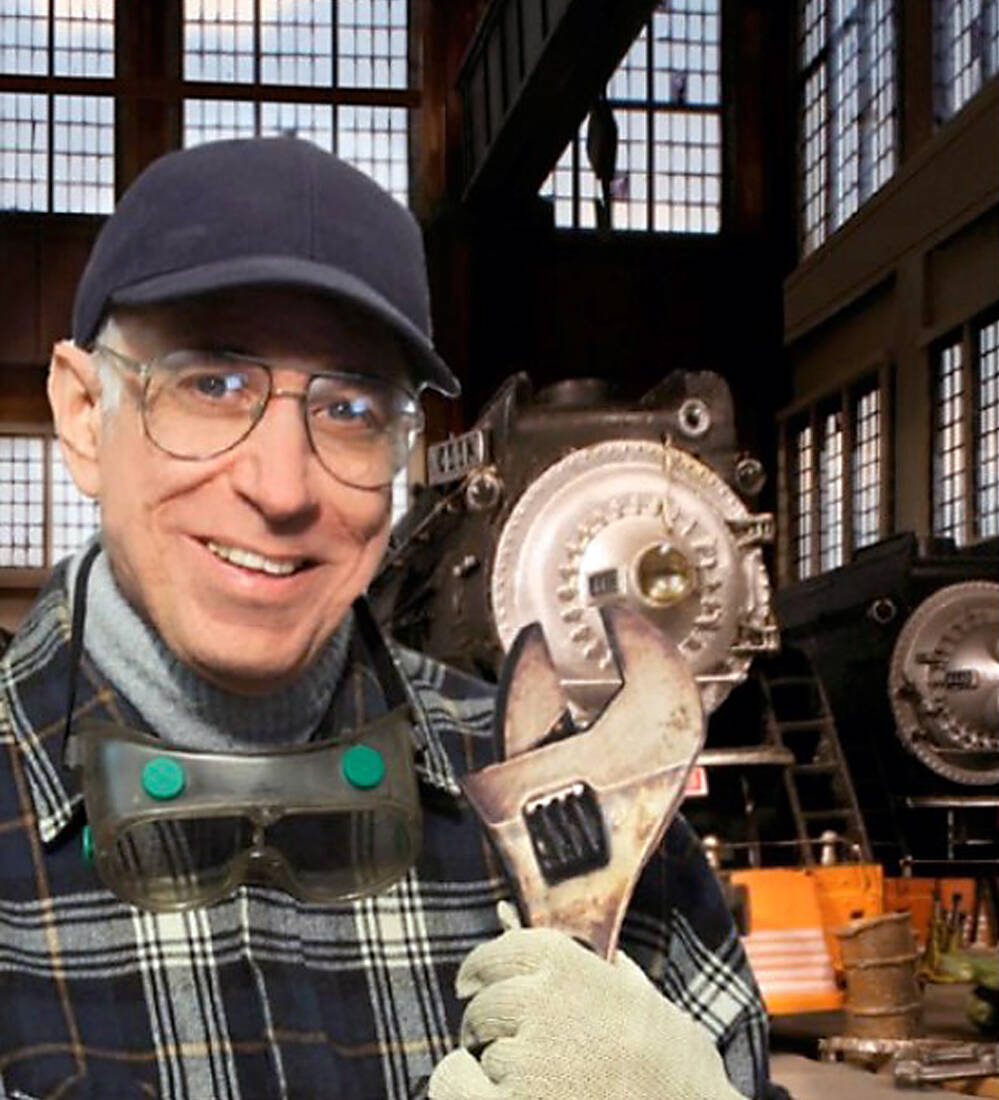
You don’t need to have a layout to be a prolific modeler. Victor Roseman, going under the byline V.S. Roseman, certainly proved that by building and photographing detailed dioramas instead. Model Railroader Associate Editor Bryson Sleppy said it best when describing the contributor’s Trackside Photo debut to the magazine in the March 1977 issue, showcasing a meet between an Alco RS2 and Budd Rail Diesel Car: “Since the photo was taken outdoors under natural light, I couldn’t tell if it was the model or the prototype.”
Roseman would continue his contribution of photos and articles to MR. He also served as a historian with his recognized “V.S. Roseman” byline attached to various other publications and books throughout.
Victor Roseman is one of the July 2024 nominees for the Model Railroader Hall of Fame.
Linn H. Westcott
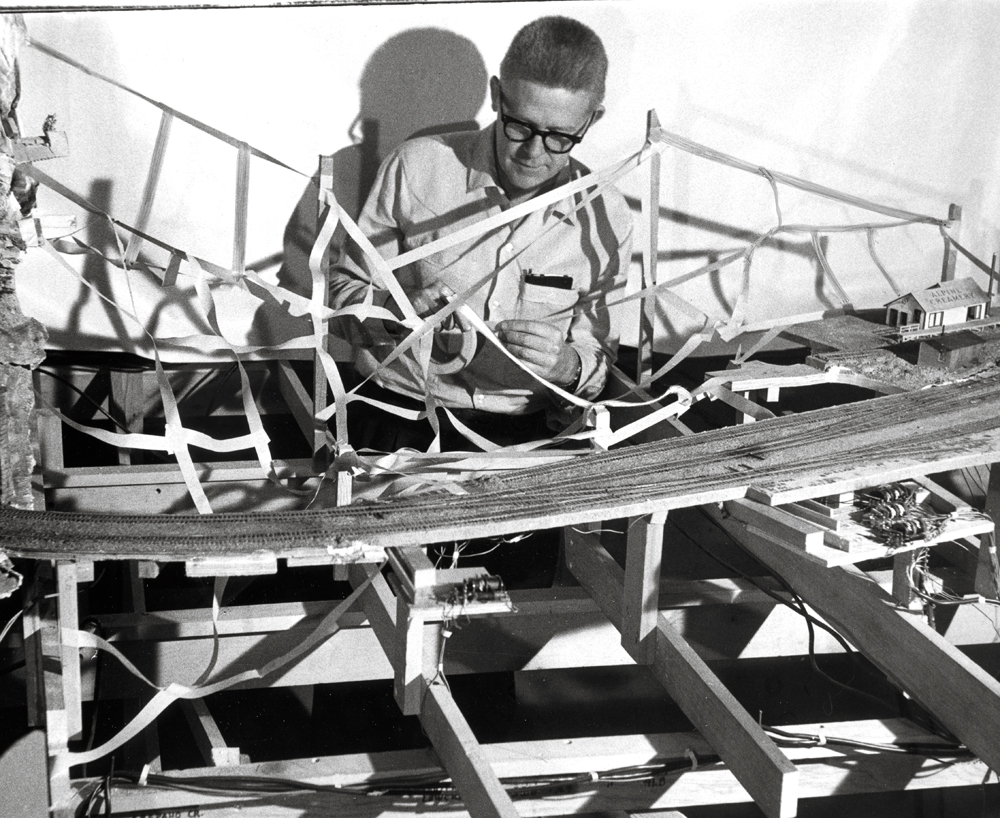
Linn H. Westcott can be honored as a prolific model railroader in many decades. But his retirement as Model Railroader’s editor in 1977 became a capstone for a gentleman who was celebrated as a track planner, draftsman, photographer, author, editor, and inventor. Westcott was the image for the magazine he had helmed since 1961, pointing the monthly issues in a direction of historic growth and popularity.
Readers went along for the ride as Westcott strived for innovation in both the industry and hobby. According to MR Editor Eric White, Westcott’s L-girder benchwork and hard-shell scenery are hallmark techniques that have been passed down to today’s modelers. His delight in electronics prompted the first transistorized direct-current (DC) throttles and detection circuits to both trigger signals and improve operations in an era prior to Digital Command Control.
Linn Westcott is one of the January 2024 nominees for the Model Railroader Hall of Fame.
Jack Work
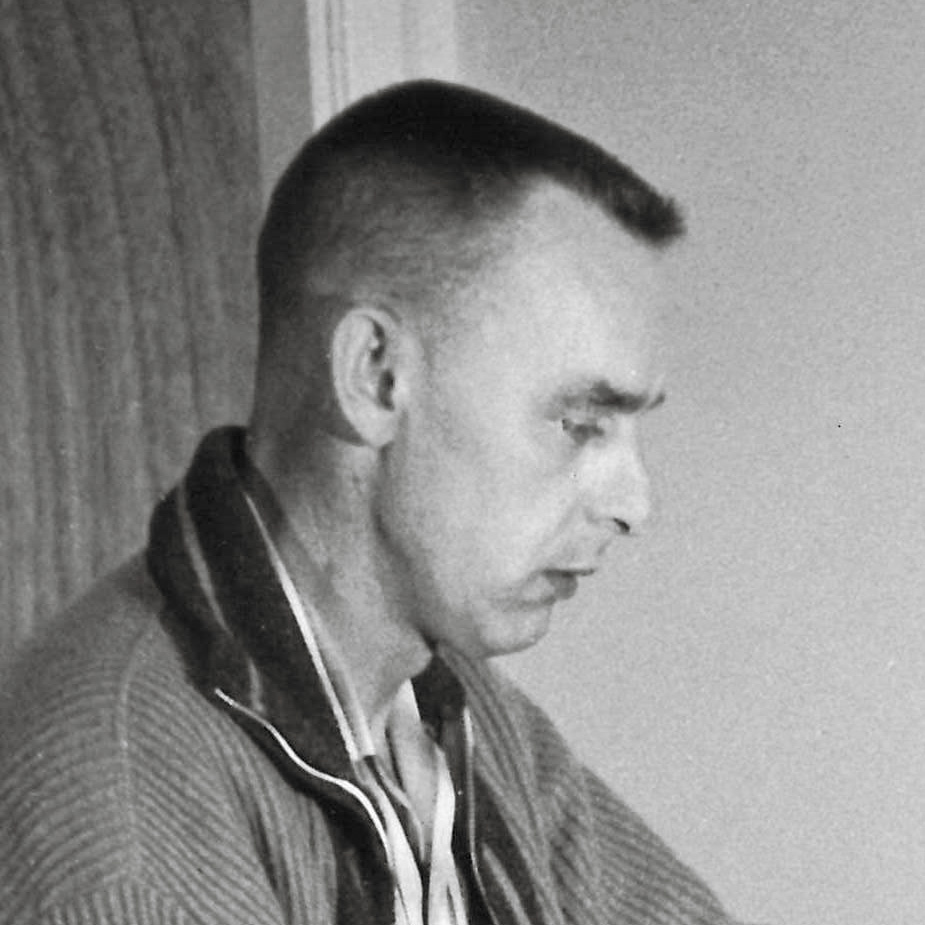
Long before the 1970s, Jack Work was already well-respected by his peers. Former Model Railroader Editor Paul Larson said he found the craftsman to be one of the finest in the hobby. Since Works’ first article in the December 1956 issue, featuring his award-winning model of a 35-foot wooden Canadian Pacific business car, his scratchbuilding expertise in rolling stock, structures, and scenery was a delight for readers throughout the 1950s and 1960s.
So why is he seen as a prolific model railroader of the 1970s? When paying tribute in the September 1996 issue, Jim Hediger celebrated Work as someone who was no stranger to trying new ideas and branching out into many other subjects. He became a benchwork builder for modelers with limited room (April 1972), an artist for customized dry transfer signs (August 1973), and a track planner by designing a 4 x 8-foot HOn3 layout to get the most out of a small space (December 1974).
Jack Work is one of the March 2024 nominees for the Model Railroader Hall of Fame.







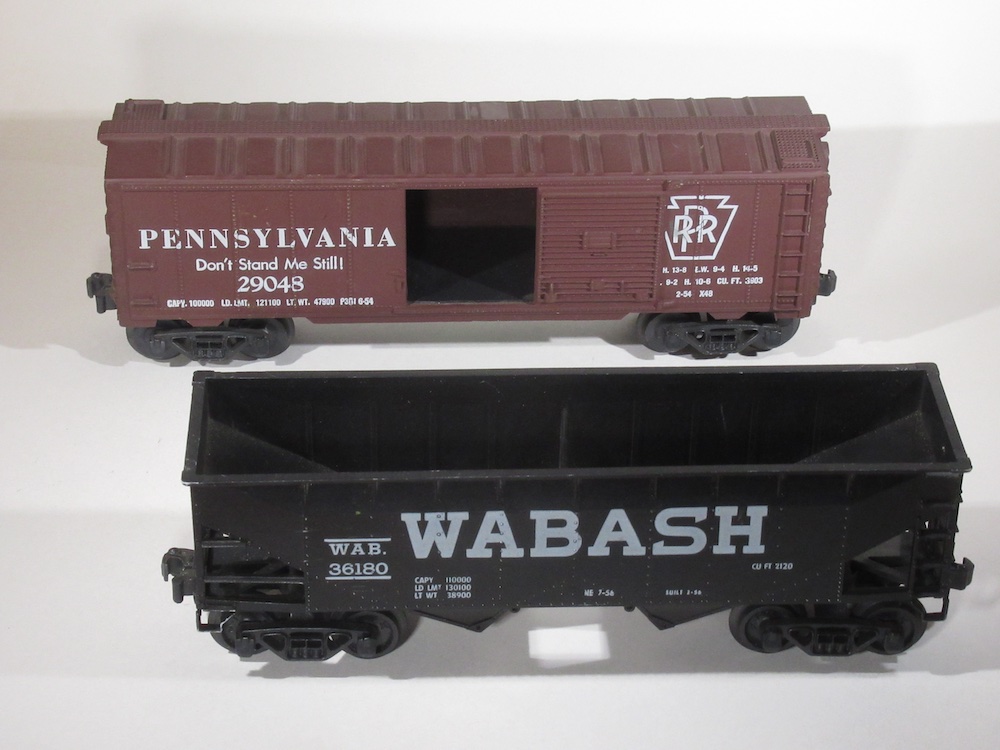
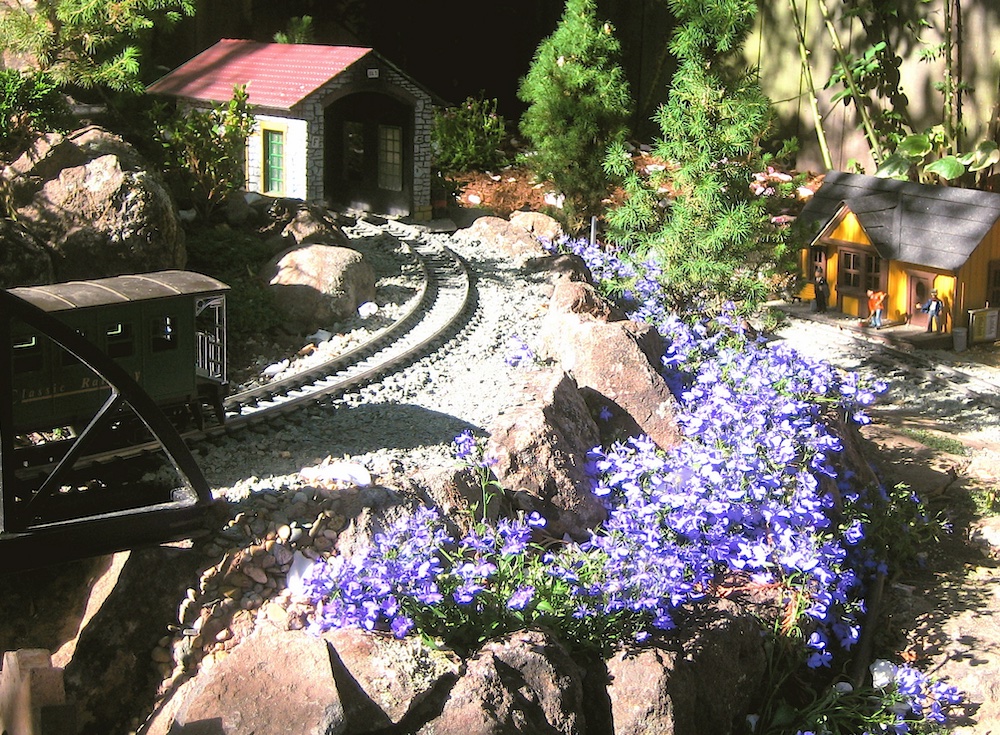





Had the opportunity to operate on the Sunset Valley last weekend. Bruce Chubb continues to provide ideas and insperation.
Thanks for the walk down memory lane. All of the individuals named in this piece have helped to inspire my participation in the hobby. Several of Findlay’s buildings are on my layout, Wescott’s L Girder Construction makes up the layout foundation. Chubb’s articles on operation have informed my actions. I am currently using Jack Work’s CP Business Car article to enhance the limited instructions that were included in a craftsman kit produced once upon a time by Westwood models and Larson and Hediger were responsible for a burgeoning in the size of the magazine making for an incredible read. I well remember Roseman’s staged photo of the Budd Car and the RS-3, marvelling at its realism. All in all this a great piece to start the day.
Looking over this impressive list of fine folks brings back memories of reading MR in the late 50’s early 60’s as a kid and dreaming one day of having something of substance of my own, still working on that but what fun has been had over the years. Thanks fellows!